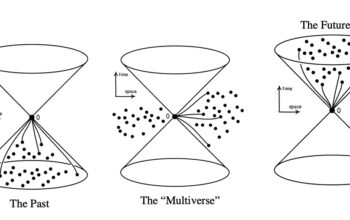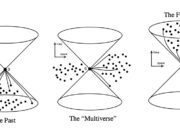The discourse surrounding two-dimensional materials has been significantly dominated by graphene since its discovery in 2004. Graphene, a single layer of carbon atoms arranged in a hexagonal lattice, boasts superior mechanical strength, exceptional electrical conductivity, and high thermal conductivity. Yet, the pursuit of materials that can exceed the remarkable properties of graphene has led researchers toward a class of materials known as graphynes. Graphynes, which are composed of carbon atoms arranged in a different topology than graphene, show promise for a variety of applications ranging from electronics to nanotechnology. This article delves into the distinctive properties, potential applications, and challenges associated with graphynes in comparison to their more widely studied counterpart, graphene.
Graphynes can be classified mainly into two types: α-graphyne and β-graphyne, distinguished by their structural configuration and the presence of acetylenic linkages between carbon atoms. The acetylenic linkages in graphynes permit different electronic properties compared to graphene, mainly due to the varied hybridization states of carbon atoms. In α-graphyne, for instance, some carbon atoms are sp-hybridized, giving rise to a range of intriguing electronic characteristics that are not present in graphene. The electronic band structure of graphynes shows a direct band gap, unlike the zero-bandgap nature of graphene, making them potentially more suitable for semiconductor applications.
Transistor technology, an essential component of modern electronics, stands to gain considerably from the adoption of graphynes. The unique electronic properties, such as high hole mobility, suggest that graphynes can operate effectively in field-effect transistors (FETs). Researchers posit that integrating graphynes into FETs might foster improved performance metrics, including higher switching speeds and reduced power consumption, which are imperative for the evolution of computing technologies.
Moreover, the ability to modify the electronic properties of graphynes via chemical functionalization presents a versatile avenue for customization. By attaching various functional groups to their structure, it is possible to engineer tailored electronic properties, enabling applications in molecular electronics and sensors. This tunability is less pronounced in graphene, thus positioning graphynes as a preferable alternative for applications requiring precise electronic characteristics.
The thermal properties of graphynes also merit consideration. While graphene showcases remarkable thermal conductivity, preliminary studies indicate that graphynes may possess comparable if not superior thermal transport capabilities, due to the potential for phonon-controlled thermal conductivity. This property is vital for thermal management in electronic devices, where excessive heat generation can impede performance and durability. Graphynes could thus offer advantages in thermally conductive materials, particularly in high-performance electronic and photonic devices.
In terms of mechanical properties, graphynes exhibit intrinsic flexibility and tensile strength characteristic of carbon-based materials. However, their mechanical robustness needs to be systematically evaluated relative to graphene. Preliminary experimental studies and computational models suggest graphynes may offer a balanced mechanical performance conducive to applications in flexible electronics and composite materials.
The potential for energy storage applications is another area of interest for graphynes. Their distinctive structure may facilitate enhanced ion transport kinetics, rendering them suitable for use in supercapacitors and batteries. Owing to their high surface area and electrical conductivity, graphynes can improve charge storage capacity and cycling stability, which are crucial parameters in energy storage devices. The exploration of these properties is ongoing, with researchers investigating their performance as electrode materials.
Nonetheless, the path toward utilizing graphynes on an industrial scale encounters significant challenges. Synthesis methods for producing high-quality graphynes that are scalable and cost-effective have yet to be established. Current methods such as chemical vapor deposition (CVD) and liquid-phase exfoliation show promise, but further optimization is required to achieve consistent quality and size control in graphyne sheets. The precision of the synthetic approach will critically dictate the extent to which these materials can be practically applied.
Additionally, integrating graphynes into existing manufacturing paradigms could pose challenges. Compatibility with current semiconductor processes and materials will necessitate extensive research and development. The establishment of stable techniques for incorporating graphynes into hybrid devices alongside traditional semiconductor materials is essential for their practical implementation.
In summary, while graphene has significantly altered the landscape of material science, graphynes present an exciting new frontier with a variety of potential applications. Their unique structural and electronic properties set them apart as promising candidates for next-generation technologies in electronics, energy storage, and beyond. Despite the inherent challenges in synthesis and integration, the pursuit of graphynes evokes a strong scientific interest, reminiscent of the early days of graphene research. Continued efforts toward addressing these challenges will be critical to realizing the full potential of these fascinating materials.
This incipient research field not only underscores the dynamic nature of materials science but also emphasizes the ongoing quest for revolutionary materials that could further push technological boundaries. As investigations into graphynes advance, the anticipation of their impacts across multiple domains, including photonics, catalysis, and telecommunications, holds the promise of ushering in a new era of materials innovation.










